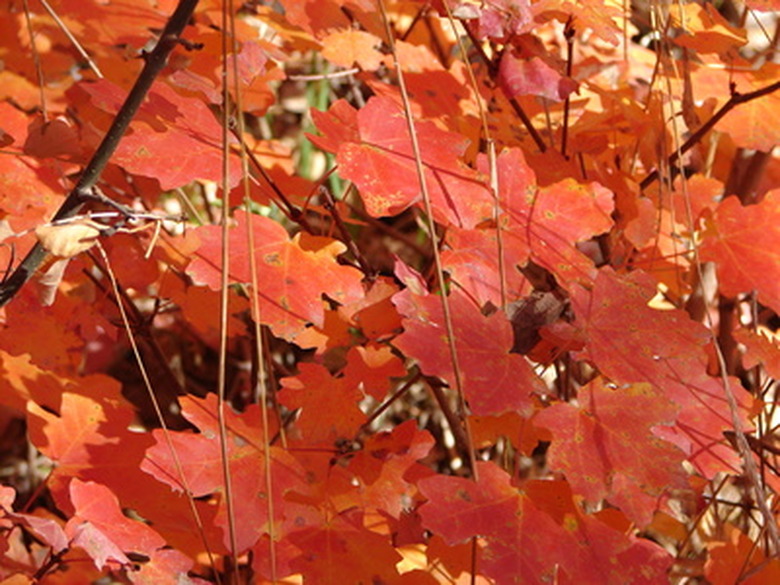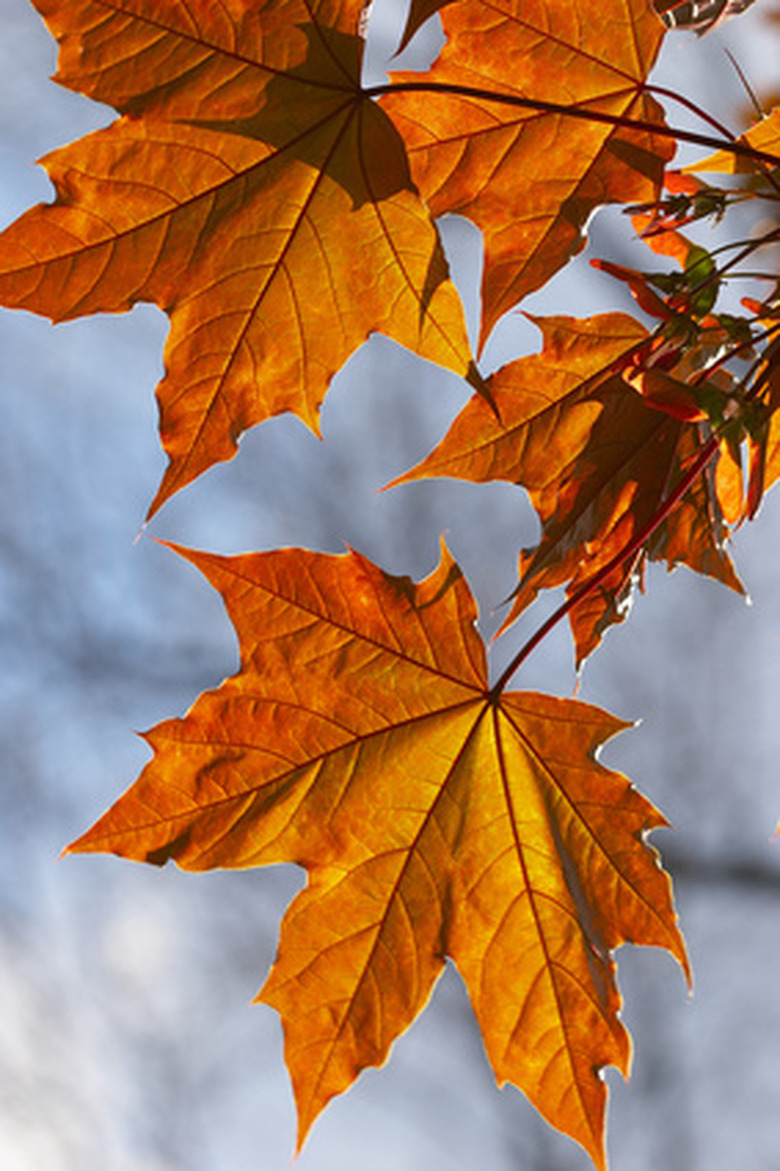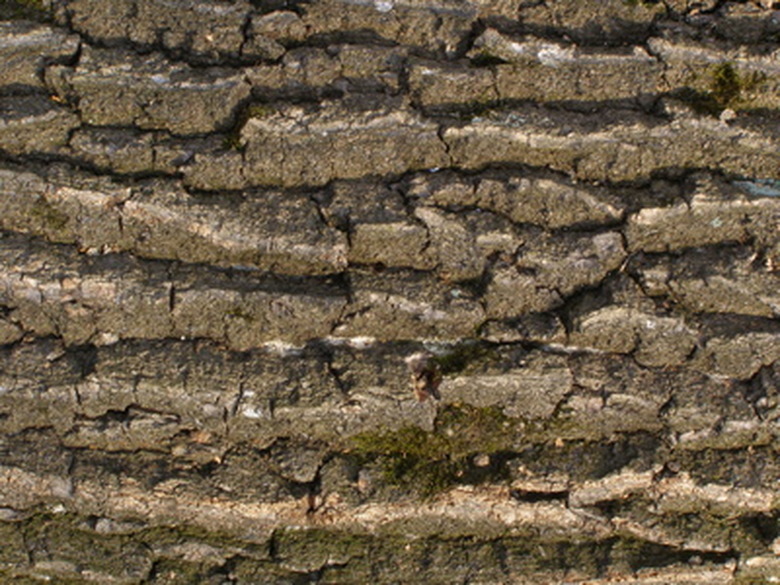How To Identify Tiger Maple Trees
Tiger maple is not a species of maple tree, but an abnormality in less than 5 percent of common maples that produces a wavy, striped pattern in the grain. These trees are highly valued by wood workers for their unusually patterned grain. Tiger maple wood is also known as curly maple, flame maple and fiddleback maple. The tiger grain pattern can appear in many different species, including red maple, bigleaf and sugar maple trees.
Tiger maple is not a species of maple tree, but an abnormality in less than 5 percent of common maples that produces a wavy, striped pattern in the grain. These trees are highly valued by wood workers for their unusually patterned grain. Tiger maple wood is also known as curly maple, flame maple and fiddleback maple. The tiger grain pattern can appear in many different species, including red maple, bigleaf and sugar maple trees.
Step 1
Identify a potential tiger maple first by the leaves, which are the most outstanding characteristic of the maple tree. Maples have leaves with three to five lobes and turn bright red, orange and yellow in the fall.
Step 2
Examine the bark of a maple tree to see if it show signs of being a tiger maple. Maple bark is smooth in young trees, but develops furrows with irregular ridges as it matures. The bark of a tiger maple may have more pronounced wrinkles than other maple trees growing nearby. Compare the bark of several maple trees to determine if one could be a rare tiger maple.
- Tiger maple is not a species of maple tree, but an abnormality in less than 5 percent of common maples that produces a wavy, striped pattern in the grain.
Step 3
Verify that the tree is a tiger maple by selecting a sample limb to cut. Saw the tree limb into planks and examine the grain pattern. A tiger maple shows a light and dark striped pattern–like the stripes of a tiger–that run perpendicular to the normal wood grain.
Warning
No one has determined the exact factors that cause a tiger grain pattern in a maple–or any other species of tree. Tiger maple wood is generally "discovered" after a tree has been harvested and turned into planks.


